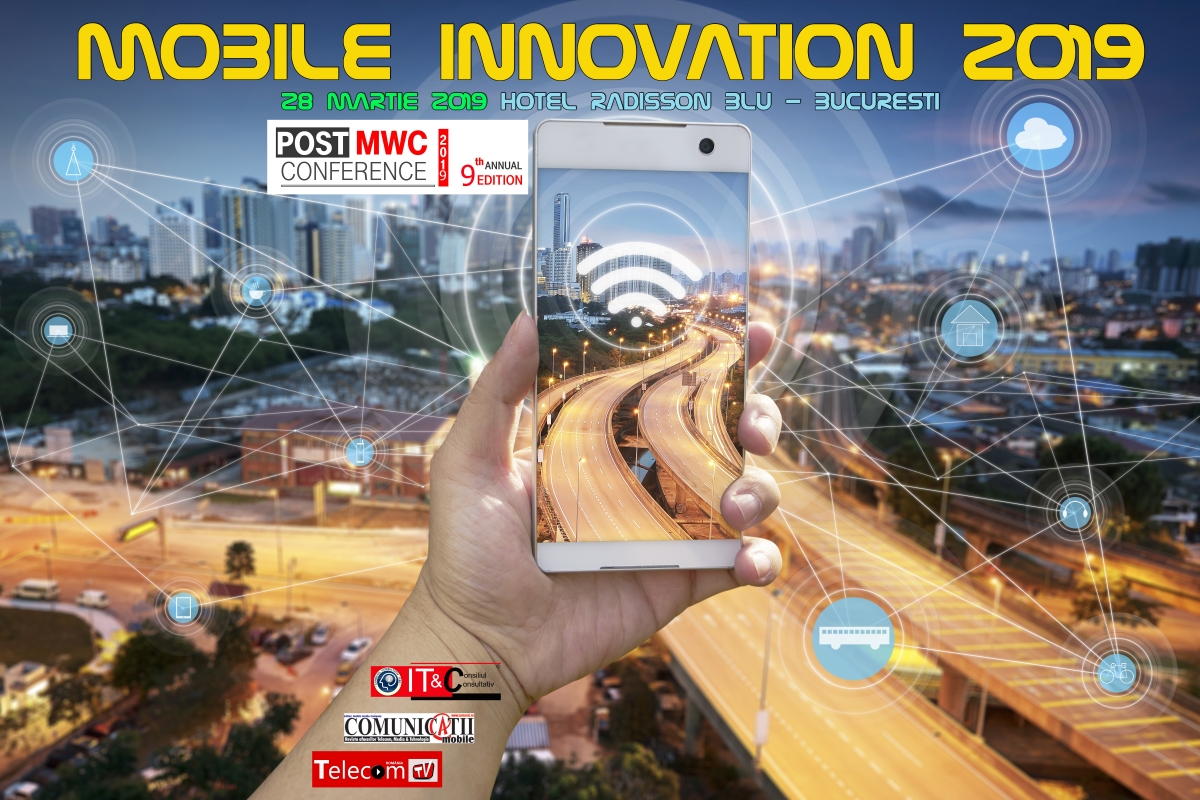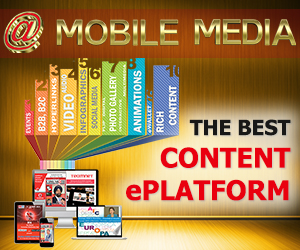
China Mobile has selected Ericsson to participate in the world’s largest TD-LTE trial network deployment to date. With the approval of the Chinese Ministry of Industry and Information Technology (MIIT), Ericsson will build a TD-LTE trial network in the city of Shenzhen, one of the most advanced telecommunications markets in China. Will support China Mobile in its first large-scale TD-LTE trial network deployment in China. Network to be located in Shenzhen – a highly advanced telecoms market. Official interoperability tests in progress with ST-Ericsson and Qualcomm Incorporated to secure global ecosystem.
The approval by MIIT follows the successful completion of interoperability tests of Ericsson’s TD-LTE network equipment with multiple chipset manufacturers. As part of its efforts to further develop the global ecosystem, Ericsson is proactively conducting interoperability tests with leading international players such as ST-Ericsson and Qualcomm.
Mats H Olsson (photo), President of Ericsson China & North East Asia, says: "China Mobile has always been a formidable force in driving the evolution of telecommunications technologies. As a longtime strategic partner to China Mobile, Ericsson will fully support our customer in its tremendous endeavor to make TD-LTE a reality in the foreseeable future. Tens of millions of users, not only in China but also around the world, will benefit from the new and better services enabled by the superior TD-LTE technology, and we are thrilled to be part of this initiative."
LTE Advanced was mobile communication standard, formally submitted as a candidate 4G system to ITU-T in late 2009, was approved into ITU, International Telecommunications Union, IMT-Advanced and expected to be finalized by 3GPP in early 2011. It is standardized by the 3rd Generation Partnership Project (3GPP) as a major enhancement of the 3GPP Long Term Evolution (LTE) standard.
Ericsson will provide the industry-leading end-to-end TD-LTE solution, which includes its latest multi-standard base station, RBS 6000 and its commercially proven Evolved Packet Core (EPC) network; operations support systems software and professional services. As early as July 2010, Ericsson demonstrated extremely high-speed multimedia applications enabled by its TD-LTE solution in Shanghai, China. And in February this year, Ericsson achieved another milestone by making the world’s first TD-LTE voice call over its LTE/EPC network in Barcelona, Spain.
In August of this year, Shenzhen will host the 26th Universiade, or World University Games. According to the deployment schedule, the network will be ready in time for athletes and visitors, together with the city’s population of more than 10 million, to enjoy the TD-LTE experience made possible by Ericsson.
3GPP Long Term Evolution (LTE), is the latest standard in the mobile network technology tree that produced the GSM/EDGE and UMTS/HSPA network technologies. It is a project of the 3rd Generation Partnership Project (3GPP), operating under a name trademarked by one of the associations within the partnership, the European Telecommunications Standards Institute.
The current generation of mobile telecommunication networks are collectively known as 3G (for "third generation"). Although LTE is often marketed as 4G, first-release LTE does not fully comply with the IMT Advanced 4G requirements. The pre-4G standard is a step toward LTE Advanced, a 4th generation standard (4G) of radio technologies designed to increase the capacity and speed of mobile telephone networks. LTE Advanced is backwards compatible with LTE and uses the same frequency bands, while LTE is not backwards compatible with 3G systems.
What is LTE Technology?
To be able to offer users a mobile broadband service over a truly fourth generation or 4G network a provider will have to completely upgrade their entire network infrastructure. One such technology currently being considered by mobile broadband providers is Long Term Evolution (LTE) technology, which is currently one of the most likely candidates to be officially classes as a 4G technology by the telecommunications industry. When mobile broadband providers do roll out LTE technology over their networks it will offer users a whole range of benefits and new facilities, which will allow them to get far more out of their mobile broadband service.
What new features will LTE technology offer users?
Users will find a whole host of great new advantages over their current 3G connections when LTE technology is finally deployed by mobile broadband operators. This will include much faster connection speeds that will allow users to stream high quality audio and video over the internet and also the ability the download much larger data files than they are currently able to over their 3G service. For mobile network providers LTE technology will allow them to support far more users over their network and the extra bandwidth will also allow them to handle much data moving around their network, even during the busiest times of the day.
Far better network coverage will also be available using LTE technology and providers will need to install less equipment in order to achieve this extra coverage, which will greatly reduce the cost of upgrading their network and this will allow them to provide much cheaper services. Users living in rural and remote parts of the country that are currently very limited in the level of fixed-line and mobile broadband services they are able to receive will stand to benefit the most from the introduction of this technology as it will provide them with internet access over an affordable high-speed broadband connection.
Which users will get the most out of using this technology?
The improvements that will be made when LTE technology is finally rolled out in terms of speed, network capacity and coverage will make mobile broadband a far more viable option for many users, whether they are using the service for personal or business use. Faster connection speeds and greater levels of coverage will allow users to access the internet from almost anywhere in the UK at a speed that is similar to a fixed-line broadband connection and this will appeal to existing users who wish to upgrade to a better service and new users who now feel that LTE technology will allow them to do everything they want to do.
What alternative will users have to Long Term Evolution technology?
At the moment the biggest rival to LTE technology is WiMAX and although they offer almost identical benefits in terms of speed and coverage they are completely different technologies. The cost of the two technologies will also differ, and this may have a major impact on which of the technologies network providers opt for. Even after a number of successful trials of LTE technology there is no guarantee that this will be the technology they use for their next generation networks.
MetroPCS and Verizon Wireless in the United States and several worldwide carriers announced plans, beginning in 2009, to convert their networks to LTE. The world’s first publicly available LTE-service was opened by TeliaSonera in the two Scandinavian capitals Stockholm and Oslo on the 14th of December 2009. LTE is a set of enhancements to the Universal Mobile Telecommunications System (UMTS) which was introduced in 3rd Generation Partnership Project (3GPP) Release 8. Much of 3GPP Release 8 focuses on adopting 4G mobile communication’s technology, including an all-IP flat networking architecture.
The LTE specification provides downlink peak rates of at least 100 Mbps, an uplink of at least 50 Mbps and RAN round-trip times of less than 10 ms. LTE supports scalable carrier bandwidths, from 1.4 MHz to 20 MHz and supports both frequency division duplexing (FDD) and time division duplexing (TDD).





